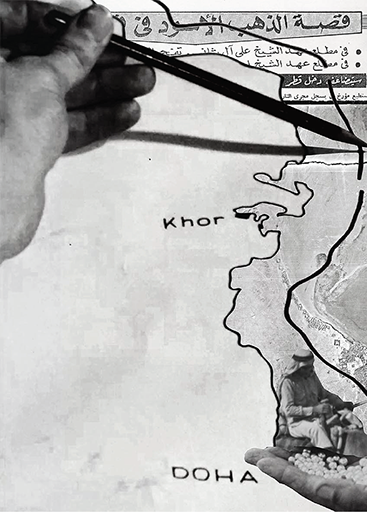
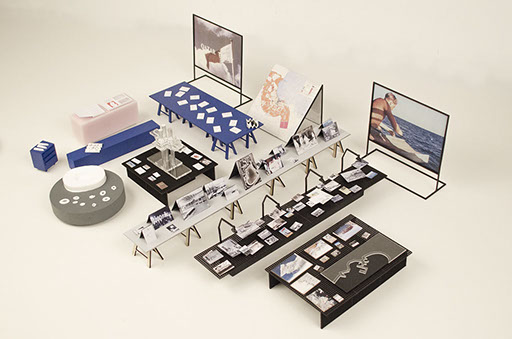
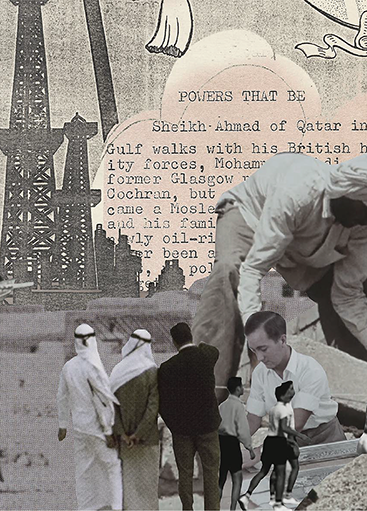
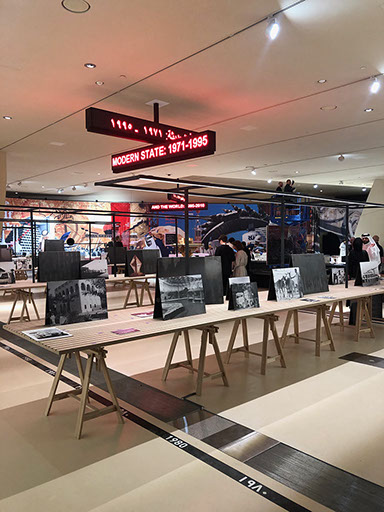
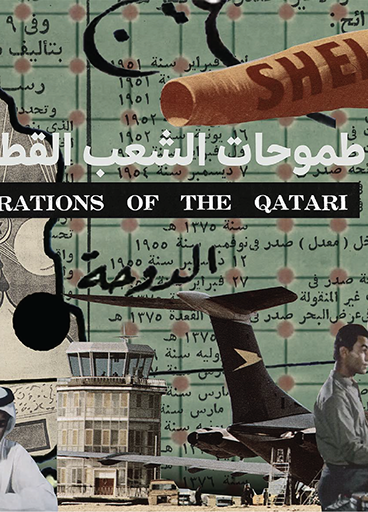
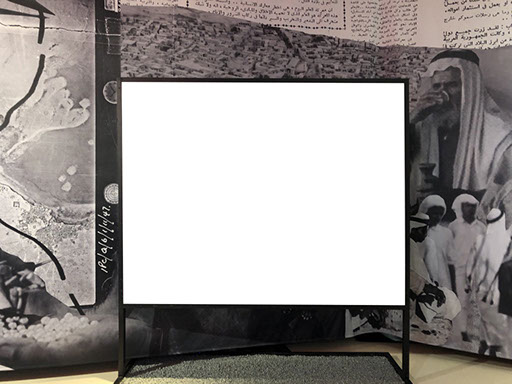
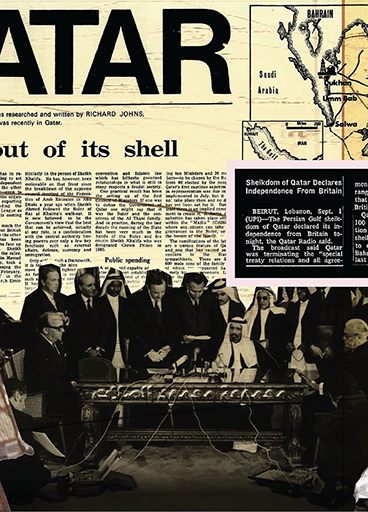
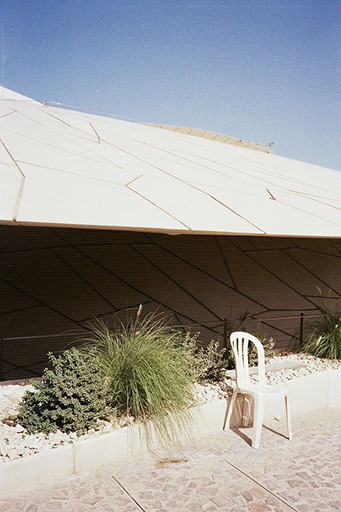
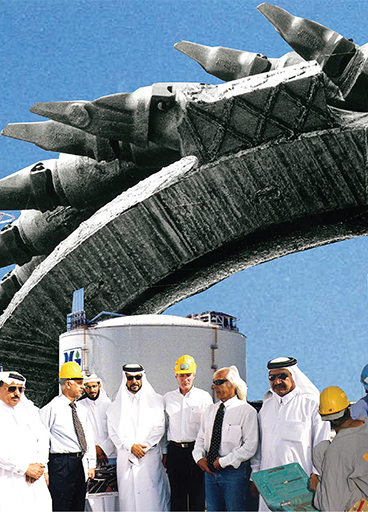
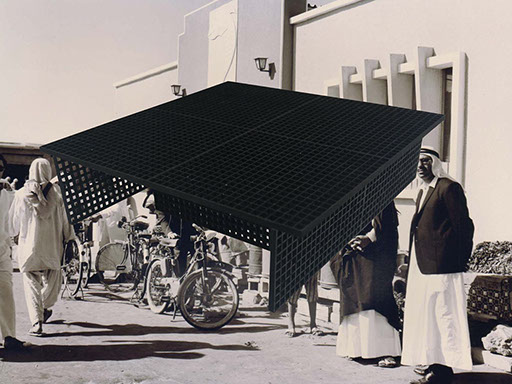
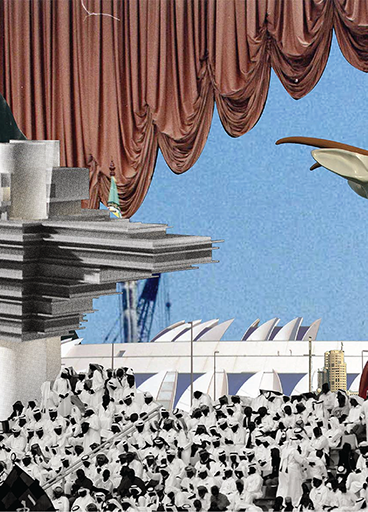
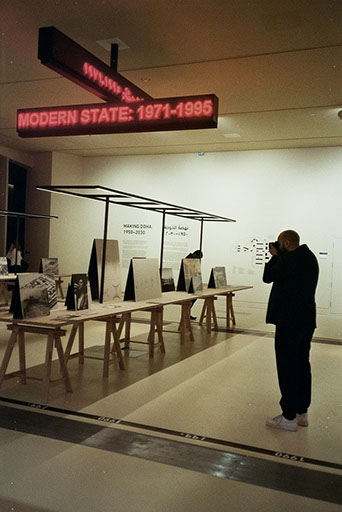
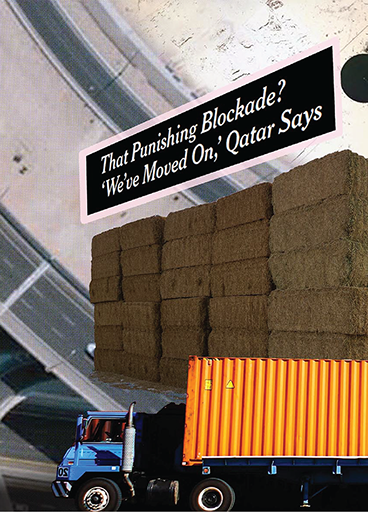
with AMO/Rem Koolhaas
for National Museum of Qatar (Qatar Museums)
To inaugurate its temporary exhibition gallery, the new National Museum of Qatar presents an exploration of the ongoing urban and architectural development of the capital city, Making Doha 1950–2030. Curated and designed by OMA/AMO with the Qatar based research team from Atlas Bookstore, it brings together eighty years of photographs, models, plans, texts, films, oral histories and archival materials to chart Doha’s transition from organic growth to radically modern and deliberate planning practices. The show examines how the city was assembled and how its construction affected the global discipline of architecture across four major chapters: Seeds of a Nation (1950–1971), Modern State (1971–1995), & the World (1995–2010) and Destination Qatar (2010–2030).
The layout of the exhibition is designed as a timeline, organizing the story into four consecutive sections with key moments punctuating the visitors’ passage along the narrative. A 120-meter-long curtain printed with historical collages lines the edge of the space while demonstrating the everyday involvement of its population in the architectural fortune, both actively and statically. For Rem Koolhaas, this formation describes how “typically a learning curve eventually flattens out. By relentlessly placing tremendous challenges before itself—a major airport, the World Cup, the Olympics, new cultural institutions like Qatar Museums and Education City—Qatar put itself in a situation where the curve constantly became steeper.” The project manifests the evolution of Doha as a test site of modern architecture and urban planning. Four zones represent the periods of leadership, its visions and collaborations, while a central spine collects governmental ambitions through time. A large collection of images and models demonstrates a first attempt of collecting Doha’s architectural resume, a city seemingly under construction by default. “Among the local population it found the agents, often educated abroad, who were able to channel the fluid and oral procedures of Arab tradition over time into a coherent framework of stable terms as the foundation of a municipal bureaucracy that could begin to plan, an entirely new concept in a culture used to organic growth.”
with AMO/Rem Koolhaas
for National Museum of Qatar (Qatar Museums)
03/19
Doha, Qatar

